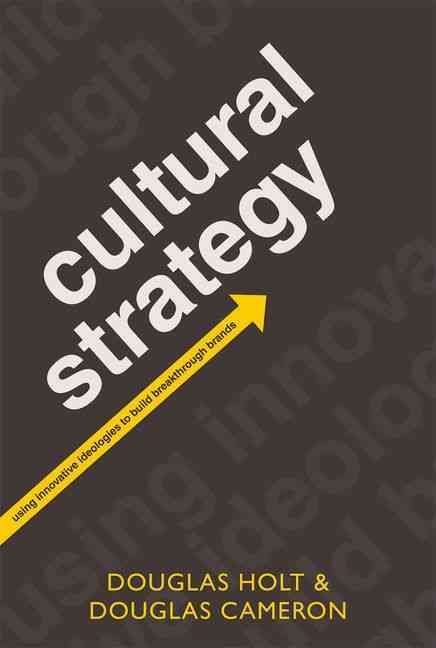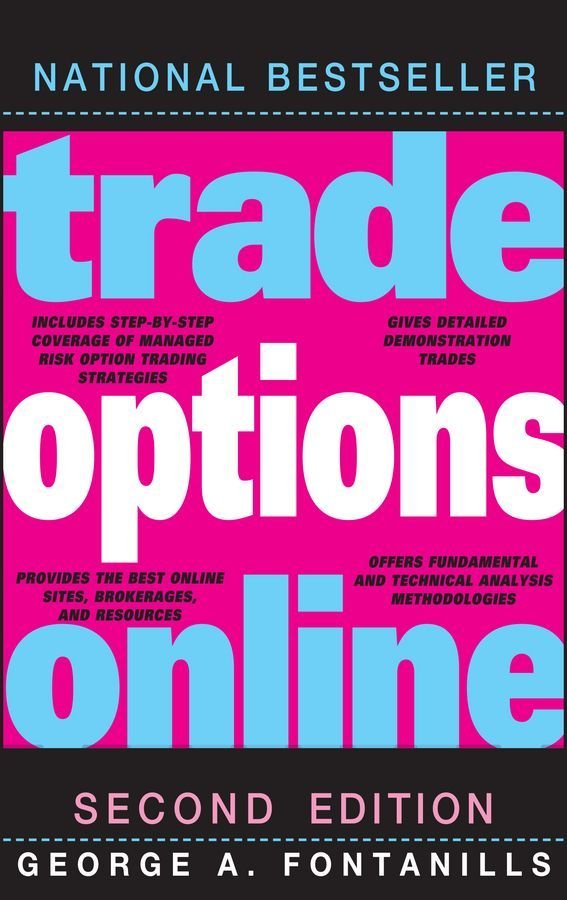In his pioneering bestseller, How Brands Become Icons, Douglas Holt created a new cultural approach to brand strategy—what he called cultural branding. Holt demonstrated that brands become powerful cultural symbols by responding to historical changes in society. This model opened up an entirely new way to build highly desirable category-dominating brands, and has been widely adopted by companies, entrepreneurs, and communications and design firms around the world. Now Holt and his business partner Douglas Cameron evolve their thinking to address the holy grail of business: how do we spot the next big market opportunity?: and how should we design an offering that will capture this opportunity? They create a new theory of innovation based upon eight years of research in which they studied a wide range of businesses that succeeded wildly due to what the authorsterm cultural innovation. Through many dozens of consulting assignments, Holt and Cameron have developed a comprehensive new strategic discipline that guides managers and entrepreneurs on how to pursue this new kind of innovation—a step-by-step framework that they call cultural strategy. The authors use fourteen detailed case studies to show readers how to identify demand for new culture caused by structural changes in society, and how to design strategies to address this demand. Cultural strategy enables start-ups to leapfrog incumbents, fading brands to regenerate, technology-driven businesses to establish defensible advantage, and social enterprises to break through into the mass market. Cultural Strategy fills a major gap. Management experts have advised their readers for decades how to pursue white spaces', disruptive innovations’, and blue oceans.' However, these books all share an economist's way of thinking about innovation. They view innovation only as breakthrough functionality, and so they all boil down to what Holt and Cameron call better mousetraps models.’ The authors demonstrate that …

Categories:
Strategy, Content Strategy
37.49 GBP
42.49 GBP
Buy Now










